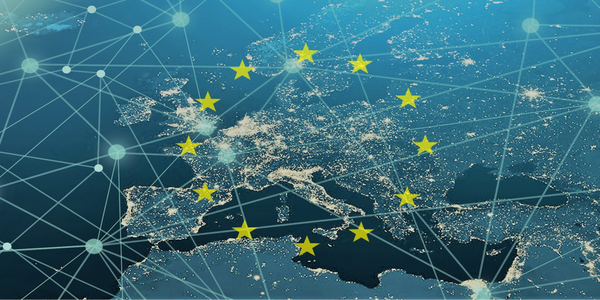Posted by - Geovany Straka \
September 6, 2024 \
Filed in - Society
\
Energy
Sustainability
Renewables
\
230 views \
0 comments \
0 likes \
0 reviews
The European Union, a powerhouse of industrialized nations, faces an intricate web of energy challenges that threaten both its economic stability and environmental goals. While the EU has made strides in transitioning to renewable energy, it remains entangled in a host of energetic problems.
Dependence on External Energy Sources
First and foremost, the EU's heavy dependence on external energy sources is a glaring issue. About 60% of the energy consumed within the EU is imported, with a significant portion coming from politically unstable regions. This reliance not only exposes the bloc to volatile price fluctuations but also compromises its geopolitical autonomy. The Russian invasion of Ukraine has underscored this vulnerability, forcing the EU to scramble for alternative sources and rethink its energy strategy altogether.
Learn about Europe's strategy to divest from fossil fuels by 2050: https://euro-industry.org/articles/europes-path-to-energy-independence-divesting-from-fossil-fuels
Energy Equity and Economic Disparity
The EU is a mosaic of countries with varying levels of economic development, and this disparity extends to their energy capabilities. Wealthier nations like Germany and France have made significant progress in adopting renewable energy, while others, particularly in Eastern Europe, are still heavily reliant on coal and other fossil fuels. This imbalance creates a conundrum for the EU’s collective climate goals, as the laggards threaten to drag down the whole group like a weak link in a chain.
Challenges in Transitioning to a Low-Carbon Economy
Another sticking point is the sheer complexity of transitioning to a low-carbon economy. The EU has set ambitious targets for reducing greenhouse gas emissions, but the path to achieving them is anything but clear-cut. Fossil fuel industries, which have deep roots and provide employment to millions, cannot be phased out overnight. Meanwhile, the transition to renewable energy is fraught with its own challenges, from the intermittency of wind and solar power to the environmental concerns surrounding hydropower and biomass.
Fragmented Energy Policy
Finally, the EU’s energy policy is a patchwork quilt of national interests, making it difficult to implement a cohesive strategy. While the European Green Deal aims to unify the bloc’s approach to energy, individual member states often prioritize their own short-term needs over long-term collective goals. This tension is evident in the debates over nuclear energy, which some countries champion as a low-carbon solution while others vehemently oppose it due to safety concerns.
In a nutshell, the EU’s energy problems are as multifaceted as a Rubik’s Cube, requiring solutions that are not only technically sound but also politically savvy. The road ahead is steep and winding, but with concerted effort and a bit of ingenuity, the EU can overcome these challenges and secure a sustainable energy future.




Comments